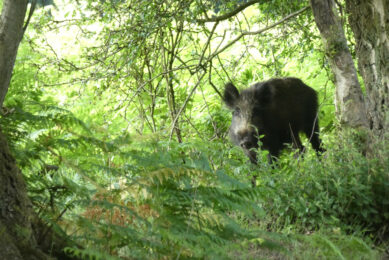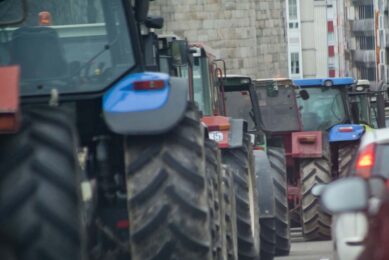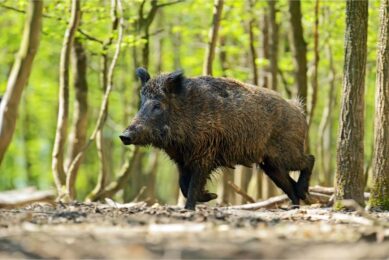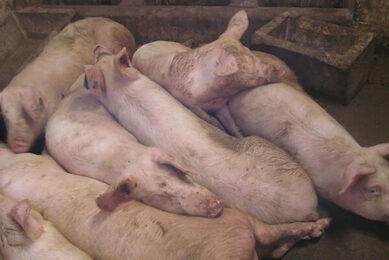A small country with a big pig footprint
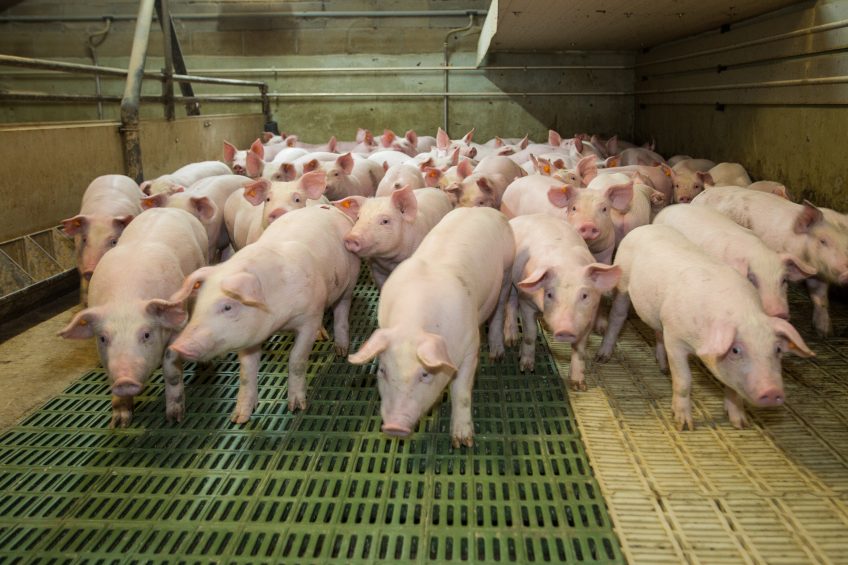
Belgium houses over 6 million pigs in an area as big as Maryland. Mind you – the pig density gets even bigger knowing that virtually the entire pig business happens in Flanders, the northern part of the country. How can the country’s success be explained and how will it keep its leading position?
One of the most well-known additions to the world of pig genetics, hails from Belgium: the Piétrain pig. Remarkably, however, the breed originated in the country’s southern, French speaking part – a part of the country which currently is responsible for only 6% of the country’s total pig production. The few pig farmers in this area tend to have small, niche organic farms, which is possible because of the abundance of land.
|
The denser-populated Flanders region, the north of the country, however, is home to the vast majority (94%) of Belgium’s pig industry, which in 2016 was 6.2 million pigs, see Figure 1. Not surprisingly, this is where the majority of feed mills and slaughterhouses can be found as well. Historically, pig farmers set up in this region due to its superior quality soils and a real ambition among the people to work hard. In fact, the Flanders region produces around 80% of the total value of agriculture in the country, which is over 120% self-sufficient in terms of food.
Belgium and pork production
Belgium slaughters about 11.2 million pigs per year, producing about 4.5% of the total amount of pork in Europe.
The top slaughterhouses in Belgium are:
- Danis
- Belgian Pork Group
- Aveve
- Sus Campiniae
- Debra Group
Belgium Pork Group – main player
One of the main players in the industry, the Belgian Pork Group, was formed in 2015 after a merger between Westvlees Group and Covalis. This group is a network of 6 production sites that have a proven track-record in slaughtering, cutting and processing pork. Each year the Belgian Pork Group produces about 420,000 tonnes of pork meat, which the company says is being exported to over 50 countries all around the world.
Markets
On national level, the European Union is the most important customer for Belgian pork, accounting for almost 93% of shipments. Exports outside of Europe are climbing slowly and while Belgium signed an export deal with China in 2015, there are only a small number of companies accredited to do business there. Within Europe, Germany is the top customer for Belgian pork, accounting for over 33% of the shipments from there, and Poland is becoming a strong client as well in second place. The top-5 export destinations for Belgian pork meat is completed by the Netherlands, France and the UK.
China is the biggest importer of pork from the European Union accounting for 47% of the total produced in the EU, however it only accounts for 4% of Belgian exports.
Belgium’s pig farmers
Today, like everywhere else in Europe, the number of pig farmers is declining but herd sizes are increasing. Sarah De Smet, a co-ordinator with Varkensloket, a centre of information for Belgian pig farmers, says, “Economic challenges can be intense for many pig farmers. They are primarily due to the skyrocketing cost of feed, which can be up to 70% of the cost of a fattened pig, and low market prices.”
Figure 2 – Number of farms vs numbers of pigs per farm in Flanders, 2004-2015.

She continues, “Belgian pig farming is here to stay, but it won’t look the same in a few years. The traditional small, family farm is quickly disappearing while the number of pigs per remaining farm is increasing (see also Figure 2). But the total number of pigs produced has remained relatively stable over time.”
Issues affecting Belgian pig farmers in the future include:
- low market prices
- cost of manure transportation and processing
- regulations regarding the environment and animal welfare
- a changeable regulatory climate
- administrative costs
- high feed costs.
Ms De Smet adds, “The sector is also confronted with several societal challenges such as odour and other emissions that affect the neighbours in densely-populated Flanders. There are also other concerns about castration, tail docking, the use of antibiotics, meat quality and food safety.”
Opportunities for Belgium’s pig industry
There is an abundance of research carried out in Belgium into various aspects of pig management, welfare and taste. Ms De Smet explains, “Innovation is the strength of the sector. A strong partnership between government, research and practice ensures the relevance of the research results.” During the past 12 years, several studies have been conducted at or in collaboration with Flanders Research Institute for Agriculture, Fisheries and Food (ILVO).
Several alternatives for surgical castration have been investigated including surgical castration with anaesthesia, surgical castration with analgesia, sperm sexing, immunocastration and raising intact boars.
Plus, pig farmers can access information from the Pig Information Centre. Ms De Smet says,
“The Pig Information Centre is the Flemish information platform and access point for pig farmers and other stakeholders in the pig industry. The focus is on knowledge exchange between research and practice to provide farmers and other stakeholders with up-to-date research results and best practices and is free of charge.”
She continues, “In 2016 we received an average of three questions per day from a farmer or farm advisor. They asked all manner of questions on subjects such as group housing of sows, management, environmental questions, feed systems or animal welfare.”

Read more about pig countries all over the world in our Country Focus Tool.


 Belgium at a glance
Belgium at a glance
